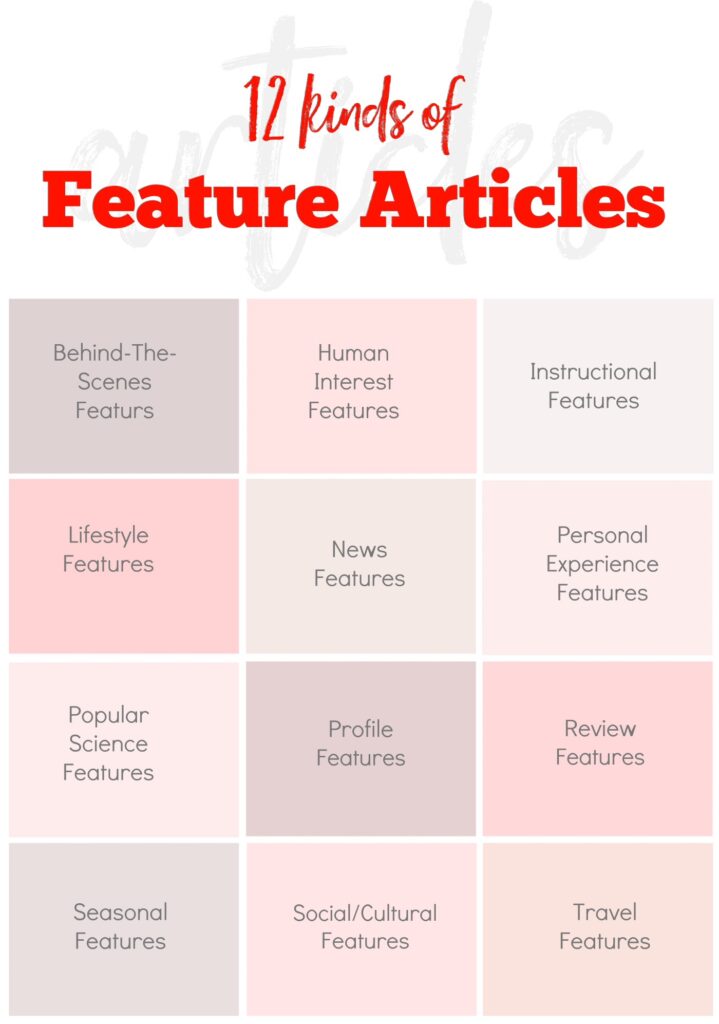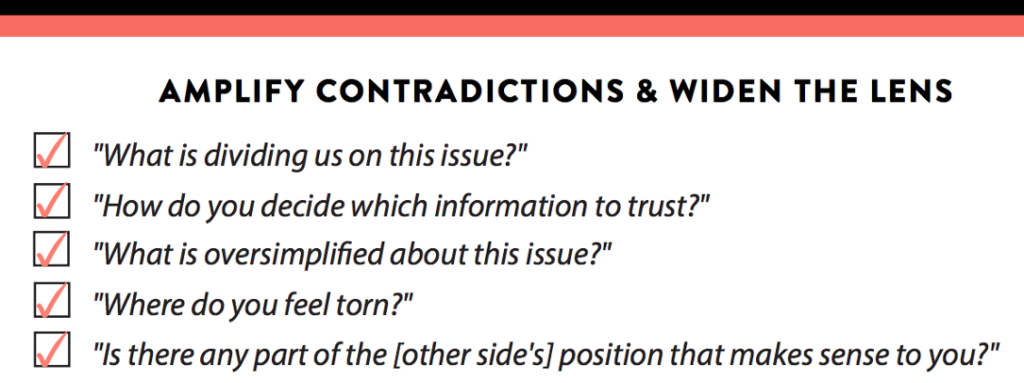Target Audience: Journalism majors, Arts and Media students.
1. Write to attract attention, ethically.
This article is lifted from actual course material for those students enrolled in the Arts and Journalism. Learning to write and set the tone to attract readers of special feature articles for newspapers and magazines is an important skill in journalism. The whole idea of a public article is to attract readers, whilst keeping the information within factual.
2. Who is your audience?
That is the first step to take. Who are you writing to? Create an avatar in your mind, and picture exactly the type of reader you writing for.
- What do they wear?
- Who do they live with?
- What are the socio-demographic profiles of your audience?
- Are they passionate about the subject?
Step 4, are they passionate about the subject is the first question to answer. Once you have decided on the subject, then you can paint a picture of the audience in your head.
The best method of finding subjects is to look at every person, every event, every experience—in short, at everything—with a view to seeing whether or not it has possibilities for a special feature article. Even in the apparently prosaic round of everyday life will be found a variety of themes. A circular letter from a business firm announcing a new policy, a classified advertisement in a newspaper, the complaint of a scrub-woman, a new variety of fruit in the grocer’s window, an increase in the price of laundry work, a hurried luncheon at a cafeteria—any of the hundred and one daily experiences may suggest a “live” topic for an article.
Poor question analysis may result in a well written essay but one that doesn’t address the question asked or goes off on tangents. A lack of planning often results in a poorly structured essay, which is hard for the reader to follow. Failure to edit an essay results in poorly presented work containing unnecessary errors in spelling, grammar and punctuation.
Every foot of ground is five feet deep with subjects; all you have to do is to scratch the surface for one.
3. Types of Articles
After choosing a subject, creating the avatar, and formulating the purpose, a writer is ready to consider the type of article suited.

The type of reader will lend itself to only one or two types of articles. Remember, you are writing to push all the buttons of the reader, not to stroke your own ego. Shape the language to your reader.
3.1. Exposition by Narration and Description
The commonest method of developing a special feature article is that which combines narration and description with exposition. The reason for this combination is not far to seek. The average person is not attracted by pure exposition, but instead attracted by fiction. Hence the narrative and descriptive devices of fiction are employed advantageously to supplement expository methods.
Narratives and descriptions also have the advantage of being concrete and vivid. The rapid reader can grasp a concrete story or a word picture. The reader cannot so readily comprehend a more general explanation unaccompanied by specific examples and graphic pictures of persons, places, and objects.
3.2. Special Types of Articles
Although there is no generally recognized classification of special feature articles, several distinct types may be noted, such as:
- the interview
- the personal experience story
- the confession article
- the “how-to-do-something” article
- the personality sketch
- the narrative in the third person
These classes, it is evident, are not mutually exclusive, but may for convenience be treated separately.
3.3. The Interview
Since the material for many articles is obtained by means of an interview, it is often convenient to put the major part, if not the whole, of the story in interview form.
Such an article may consist entirely of direct quotation with a limited amount of explanatory material concerning the person interviewed; or it may be made up partly of direct quotation and partly of indirect quotation, combined with the necessary explanation. For greater variety it is advisable to alternate direct and indirect quotations. A description of the person interviewed and of his surroundings, by way of introduction, gives the reader a distinct impression of the individual under characteristic conditions. Or some striking utterance of his may be “played up” at the beginning, to be followed by a picture of him and his surroundings. Interviews on the same topic with two or more persons may be combined in a single article.

4. Photographs and Other Illustrations
The chief value of illustrations for special articles lies in the fact that they present graphically what would require hundreds of words to describe. Ideas expressed in pictures can be grasped much more readily than ideas expressed in words. As an aid to rapid reading illustrations are unexcelled. In fact, so effective are pictures as a means of conveying facts that whole sections of magazines and Sunday newspapers are given over to them exclusively.
4.1. Captions for Illustrations
If a caption is unsatisfactory, the editor will have to write one based on the writer’s explanation. A clever caption adds much to the attractiveness of an illustration.
A caption should not be a mere label, but, like a photograph, should have life and action. It either should contain a verb of action or should imply one. In this and other respects, it is not unlike the newspaper headline. Instead, for example, of the label title, “A Large Gold Dredge in Alaska,” a photograph was given the caption, “Digs Out a Fortune Daily.” A picture of a young woman feeding chickens in a backyard poultry run that accompanied an article entitled “Did You Ever Think of a Meat Garden?” was given the caption “Fresh Eggs and Chicken Dinners Reward Her Labor.”
To illustrate an article on the danger of the pet cat as a carrier of disease germs, a photograph of a child playing with a cat was used with the caption, “How Epidemics Start.” A portrait of a housewife who uses a number of labor-saving devices in her home bore the legend, “She is Reducing Housekeeping to a Science.” “A Smoking Chimney is a Bad Sign” was the caption under a photograph of a chimney pouring out smoke, which was used to illustrate an article on how to save coal.
